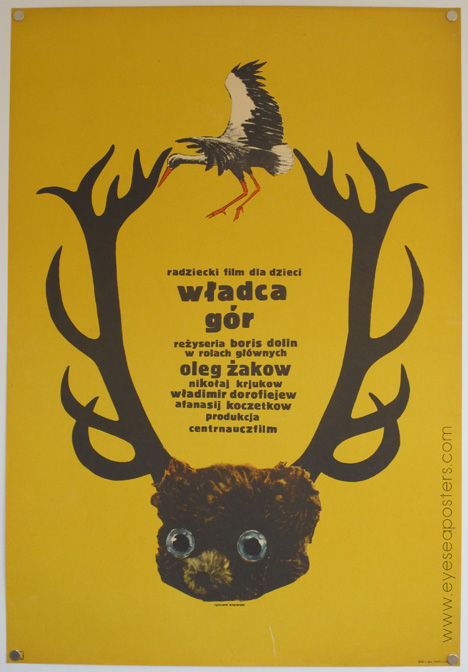The current era sees a great deal of cross-pollination between "interaction" and "product" designers, in part because their goals aren't that different. While one may push pixels and the other a mill, ultimately, they both serve users. What the iPhone and iPod demonstrated is that experience design trumps form factor every time. The iPod wasn't just a product; it was part of an ecosystem. Historically, product design also stood as a cousin to architecture, and 50 years ago Jane Jacobs observed that architecture itself could only be evaluated as part of an ecosystem, that of human behavior. Cross pollination doesn't end there.
![JonKolko-WickedProblems-Cover.jpg]()
Jon Kolko's new book, Wicked Problems tackles problems where the product itself is only part of the problem. Kolko aims to tackle are social and policy problems, and he subtitles his book "Problems worth Solving," though the very formulation of wicked problems undermines the notion of a particular "solution."
The solution is confounding in part because wicked problems are extraordinarily difficult to categorize or define. Indeed, in his original formulation, Horst Rittel listed ten characteristics of wicked problems, including the most troublesome first characteristic: defining wicked problems is in itself a wicked problem. From a philosophical standpoint, that's a vicious circularity... a paradox, not a problem. Basically, a wicked problem is one where (1) knowledge of the problem is incomplete (2) many stakeholders have varied opinions, (3) the economic impact is large and (4) the problem is interconnected with other issues, aka problems. Sounds like pretty much any issue working it's way through congress, right? Religion? Check. Healthcare? Check. Poverty? Check. Taxes? Check. War? Check.
Wicked problems are without a doubt interesting. That's why they make good dinner conversation, or why a discussion of global warming can turn to energy policy, post-colonial economics, war, puppet-dictatorships, and then the secondary and tertiary effects of the Russian conflict in Afghanistan, but it could keep going from there. While intellectually appealing, the very idea of a wicked problem suffers from reductio ad absurdum. Just like a four year old asking, "why?" any problem can be made or regressed into a wicked problem. Perhaps there's just one wicked problem: life.
Kolko, however, didn't "define" the term, he's trying to tackle it, which is only marginally easier/harder? In his appealing and insightful "Call to Action," Kolko derives a number of interesting conclusions, namely that social change requires companies to escape the constant drive for quarterly profits. Since most working designers get paid, and payment is a mode of capitalism, even the simplest activity takes place in a system of wicked problems. Quoting Kolko, "When designers have been in the workforce for 12–15 months, a curious thing happens with a tremendous level of regularity, and in equal measures in corporations and consultancies. These designers come to realize that their work is meaningless." We could certainly use a citation on that reference, but anecdotally, it's probably true. Kolko observes that even the simple act of designing a hammer can have diffused consequences, where the humble hammer designer may leave damaged fingers or deforestation as secondary results of an apparently simple act. He does not, however, explain how to resolve the question. Perhaps that's asking too much. When faced with an infinite regress, where does one stop?
![JonKolko-WickedProblems-Journey.jpg]()
(more...)
![]()
![]()
![]()






 Image by
Image by 









 Courtesy of Phaidon
Courtesy of Phaidon













 The original 2005 sculpture, via
The original 2005 sculpture, via 






